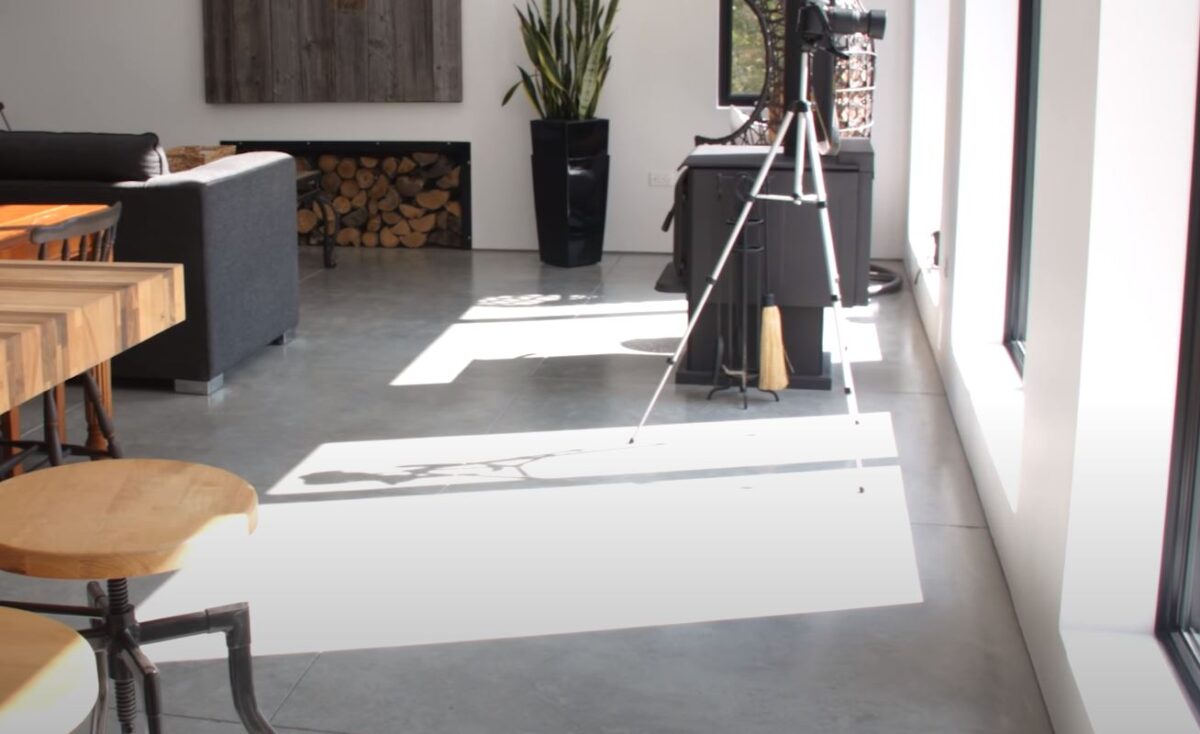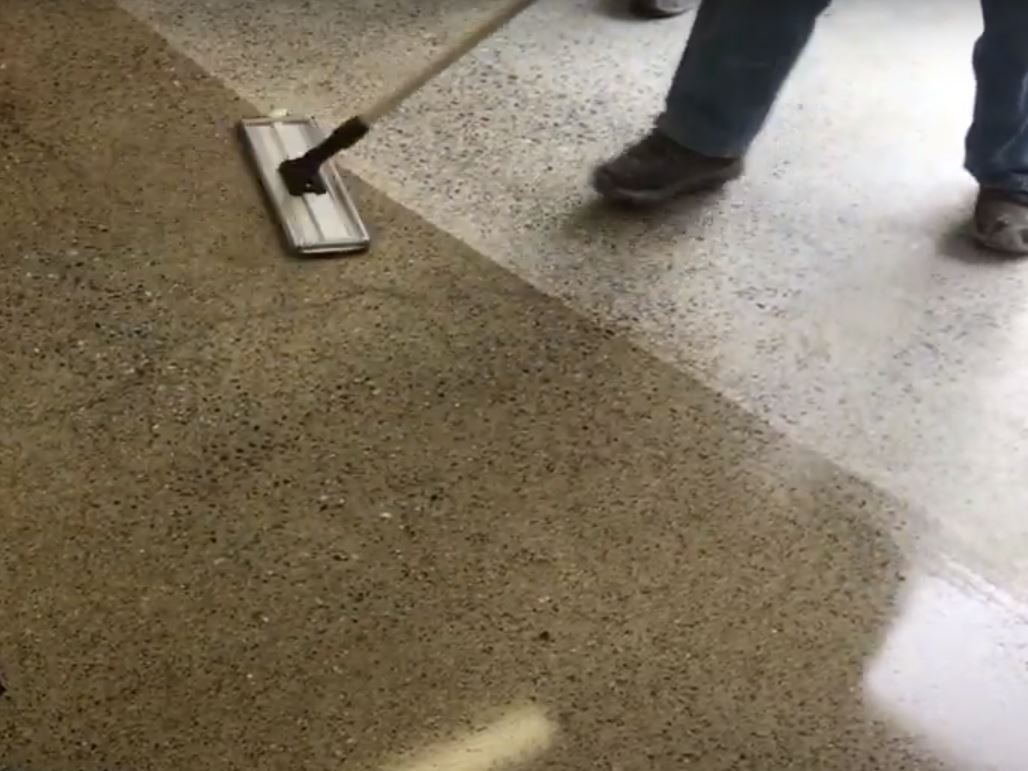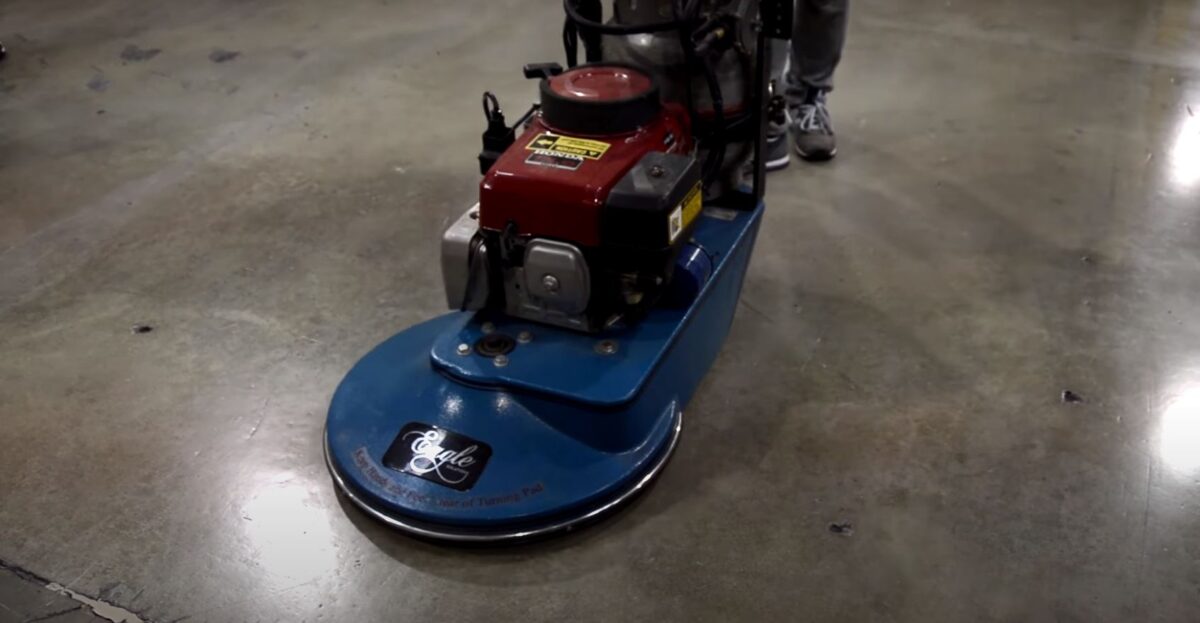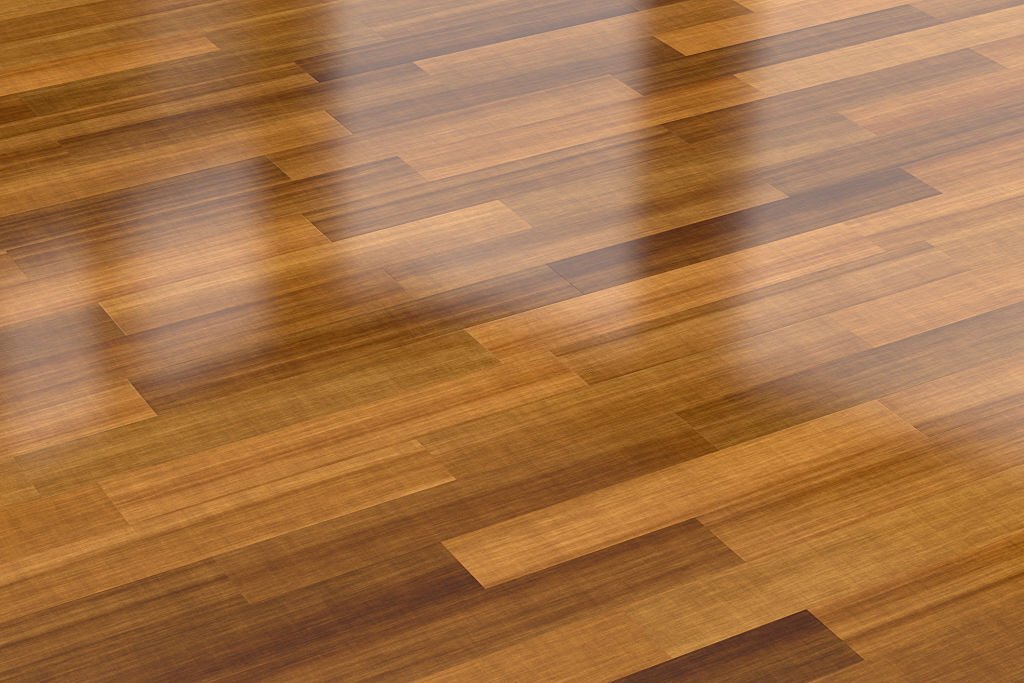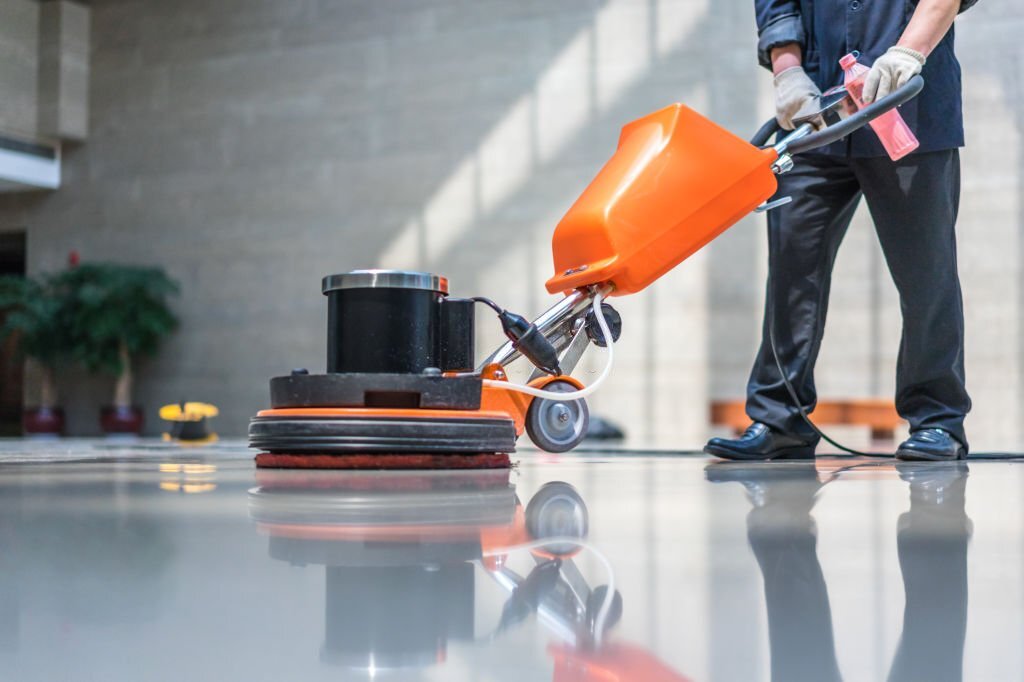Auckland’s Concrete Flooring and Health and Safety Regulations
In the realm of Auckland’s construction industry, especially when it comes to floor polishing and grinding, understanding the local health and safety regulations is vital. With the diverse geography of Auckland, from the coastal beauty of Torbay to the bustling heart of Henderson, the nature and requirement of floors vary. Here’s how Auckland’s regulations pertain to various concrete floor types and the costs associated.
Types of Concrete Floors and Health Considerations
In the diverse architectural landscape of Auckland, from the coastal hues of Torbay to the dynamic streets of Henderson, the demand for different types of concrete floors has never been higher. Each floor type not only offers a unique aesthetic and functional value but also has its own set of health considerations. Let’s delve deeper.
Grind and Seal Concrete Floors:
- Description: A grind and seal process requires a concrete surface grinder to level the floor, followed by sealing it with a protective topcoat. This method is popular for its versatility, allowing various finishes from matte to high gloss.
- Health Considerations: The grinding phase can produce significant amounts of dust. Exposure to concrete dust can pose respiratory hazards. As a response, Auckland regulations mandate the use of industrial vacuums and dust extraction systems during the process, ensuring worker safety and minimal environmental impact.
- Typical Applications: Commercial spaces, garages, and residential areas looking for a cost-effective yet polished finish.
- Cost: Reflecting the increased costs in recent years, grind and seal projects average around $65 per square metre.
Polished Exposed Aggregate Floor:
- Description: This method involves removing the top layer of concrete to unveil the aggregate beneath. Once exposed, the surface is polished to give a refined finish.
- Health Considerations: Exposing aggregate can sometimes lead to a rougher surface. This is a potential trip hazard, especially in areas with high foot traffic. Auckland’s safety guidelines insist on a smooth finish, ensuring there are no protruding aggregates that could lead to accidents.
- Typical Applications: Outdoor spaces, patios, and commercial areas looking for an artistic and rugged appearance.
- Cost: A combination of the intricacy of the process and the desired finish, the cost comes around $90 per square metre.
Basic Concrete Grinding and Resurfacing:
- Description: Stripping away the imperfections and inconsistencies, this method revitalises the existing concrete surface, making it smooth.
- Health Considerations: The removal process releases dust and fine particles. With Auckland’s emphasis on air quality, especially in residential-heavy areas like the North Shore, adequate dust control measures are essential. Moreover, improper disposal of waste could lead to environmental concerns.
- Typical Applications: Older buildings looking for a refreshed look, or spaces where further floor treatments will be applied.
- Cost: Ideal for those on a tighter budget, it costs around $50 per square metre.
While Auckland’s concrete flooring options offer a range of aesthetic and functional benefits, understanding their health implications and associated costs is pivotal. Whether engaging with a floor polishing contractor or considering a DIY project, awareness of Auckland’s stringent health regulations ensures a safe and seamless execution.
Auckland Council Bylaws and Costs
Certain suburbs, including the likes of Mt Eden and Takapuna, come under regional councils that have specific codes in place, especially for commercial buildings. These codes can dictate the type of floor polishing permissible, especially in places with higher foot traffic. For example, a floor polishing contractor working in the commercial spaces of Auckland CBD must be well-acquainted with the regulations governing slip resistance.
Consent costs in Auckland can vary based on the nature and scale of the project. A standard consent for floor grinding and polishing, which covers the basic environmental and health safety checks, can cost around $2500.
Concrete Flooring Types: A Quick Comparison
| Flooring Type | Benefits | Disadvantages | Approximate Cost |
| Grind and Seal | Durable, Customisable Finish | Requires Re-sealing | $65/m^2 |
| Polished Exposed Aggregate | Aesthetic Appeal, Durable | Higher Initial Cost | $90/m^2 |
| Basic Grinding and Resurfacing | Affordable, Quick | Less Durable | $50/m^2 |
For anyone considering a floor polishing company or floor polishing contractors in Auckland, it’s paramount to choose professional grinders who are not only adept with the tools of the trade, like concrete surface grinders, but also well-versed with Auckland’s health and safety regulations. Not only will this ensure that the floor polishing services are top-notch, but also that your project aligns with local bylaws, making your investment safe and sound.
Understanding Auckland’s Concrete Flooring: FAQs
What makes the Grind and Seal method different from other concrete flooring methods?
The Grind and Seal process involves both grinding the floor to level it and then sealing it with a protective topcoat, offering a variety of finishes from matte to high gloss.
Are there specific health concerns related to the grinding of concrete floors?
Yes, grinding can produce significant amounts of dust, posing potential respiratory hazards. Auckland regulations, therefore, mandate the use of industrial vacuums and dust extraction systems during the process.
Why is the Polished Exposed Aggregate method more expensive?
This method is intricate as it involves exposing the aggregate beneath the concrete and then polishing it. The combination of labor and the desired artistic finish can increase costs.
How do Auckland’s health regulations impact the finish of a Polished Exposed Aggregate floor?
Auckland’s safety guidelines ensure a smooth finish for exposed aggregate floors, insisting there shouldn’t be any protruding aggregates, which could pose tripping hazards.
Is the Basic Concrete Grinding and Resurfacing method suitable for all spaces?
While it’s an excellent option for older buildings seeking a refreshed look or spaces where additional floor treatments will be applied, it may not be the best choice for areas requiring more durability or a specific aesthetic.
Do Auckland’s regulations have any guidelines for waste disposal after floor grinding?
Absolutely. Given the emphasis on environmental safety, especially in residential-heavy zones like North Shore, proper disposal methods for waste materials post-grinding are mandated.
How do I choose the best floor polishing contractor in Auckland?
When selecting a floor polishing contractor, consider their experience, knowledge of Auckland’s health and safety regulations, customer reviews, and their ability to work within your budget and desired aesthetic.
Concrete Flooring in Auckland: Key Takeaways
The Diversity of Concrete Flooring Options Auckland offers a range of concrete flooring options from Grind and Seal, Polished Exposed Aggregate, to Basic Concrete Grinding and Resurfacing, each catering to different aesthetic and functional requirements.
Emphasis on Health and Safety Auckland’s health regulations place a strong emphasis on reducing respiratory hazards, especially during grinding processes. The use of industrial vacuums and proper dust extraction systems is mandated.
Varied Costs Across Flooring Types With prices ranging from $50 to $90 per square metre, depending on the chosen method, it’s essential to budget accordingly and be aware of the factors influencing the costs.
Significance of Finish Quality For specific methods like Polished Exposed Aggregate, Auckland’s regulations ensure a smooth finish to prevent potential tripping hazards.
Environmental Considerations Apart from health considerations for workers, Auckland’s guidelines also stress proper waste disposal post-grinding, reflecting the city’s commitment to environmental safety.
Choosing the Right Contractor The right floor polishing contractor should have a comprehensive understanding of Auckland’s regulations, a track record of quality work, and the ability to meet the client’s aesthetic and budgetary requirements.
